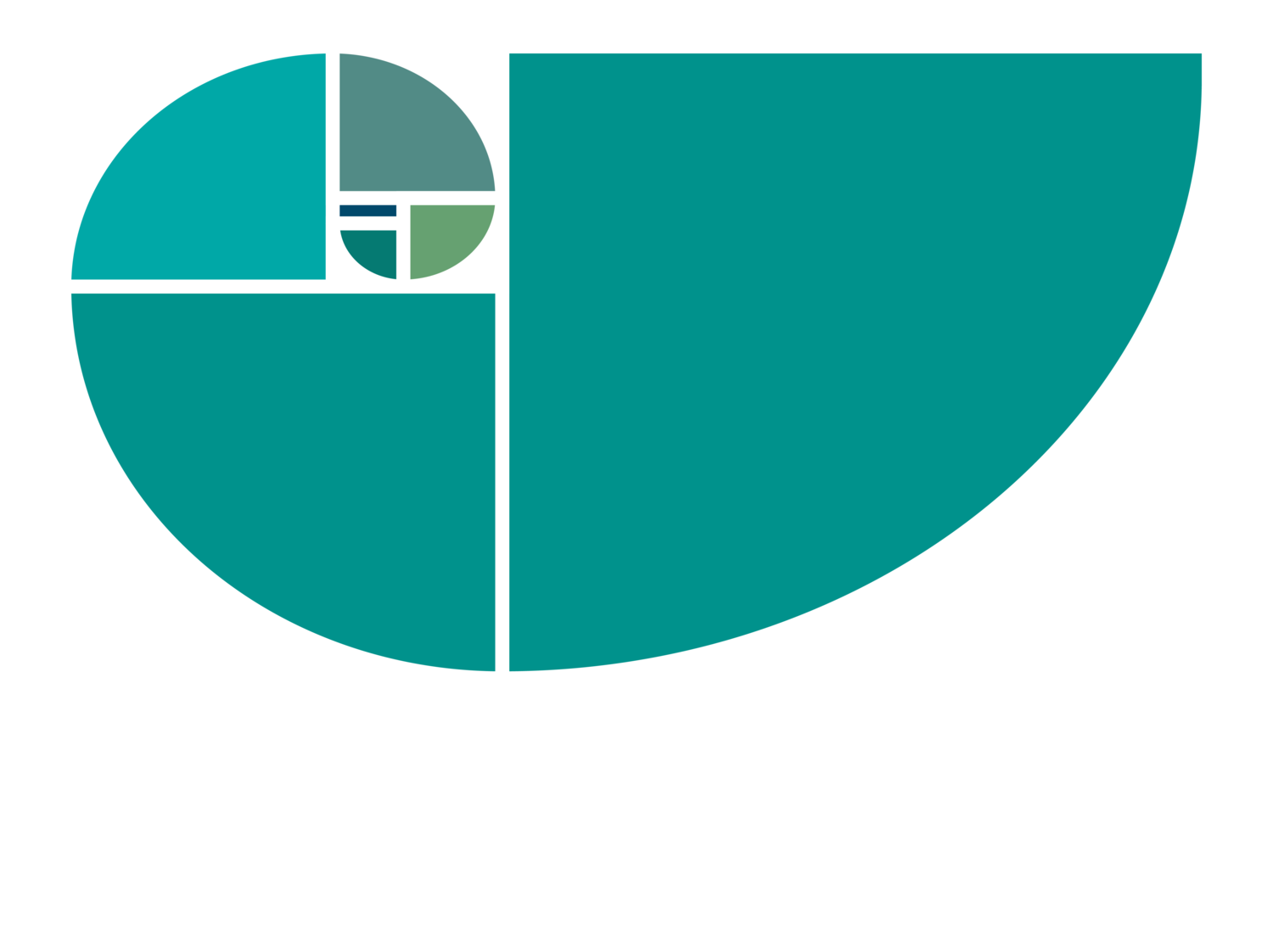“The true test of character is not how much we know how to do, but how we behave when we don’t know what to do.” John Holt
A fundamental axiom of change is that we are constantly faced with the unknown. Sometimes we need to do the best we can while we don’t know what to do. The current COVID-19 pandemic has forced us into unexpected and exceptional social, health, and economic changes, often without warning. As one client said, “Some moments are normal then, whoa! I’m caught off guard with another change.”
We develop a wider frame of reference when we continually incorporate what we learn into building the team. Through this updating process, conscious leaders alter expectations and generate creative new approaches to problems as they arise. Transitions become a time to put improved systems in place as we build the shared focus, commitment, culture, and competencies to stay resilient and responsive.
Improved awareness expands the frame of what and where we pay attention. We can apprehend what we do know and put our attention on what we don’t yet know. Without leadership development that builds this skill we miss critical insight and information. Approaching the not knowing directly through good conversations, we can shift from reactive to proactive, from feeling alone to working together to act with care, compassion, and courage. We can lead with love.
A check-in is a good idea midway through any change, but especially with this amount of turmoil. Over the past couple of months, I’ve worked with several teams to expand the frame of their collective awareness and build motivation. By starting with the following two questions they discover what’s worked, what to build on, and where their strengths lie. They were surprised at how differently they are experiencing the change and began to explore new pathways for mutual support. Each team reported a feeling of relief after the conversation.
Beyond feeling respected and valued as individuals, from their combined perspectives they could see what needed to be done and who would step up to do it. This is far more powerful than a workforce that is merely coping, dealing with the unknowns on their own.
Question 1: What are you learning during this time of sheltering in place? Answers varied widely, even on one team. We learned:
How much we can do!
We have a strong team in place. Within 1 weekend/1 week – we figured it out!
Home systems worked well. Home systems are uncomfortable dining table chairs, bedroom sideboards are not desks.
Zoom backgrounds are life savers. Zoom fatigue is real.
Our IT providers came through. Our IT providers were not up to the task.
We need better emergency planning.
Virtual meetings improve by asking for top-of-mind issues before they start.
We couldn’t predict client reactions. We needed more time to respond.
Daily check-ins became essential.
I love my partner/spouse/dog/parrot/kids but 24/7 added unexpected challenges.
We shared an unexpected feeling of connection in response to the pressures we faced.
Question 2: What conundrums are you dealing with? We uncovered some of the feelings, frustrations, and dilemmas they faced including:
Sticky wicket navigating some client needs
INTENSE pace with no scheduled breaks
Need breaks from my closest humans/family/animals!
Lack of ergonomics means back aches
Distractions and lack of just-in-time support
No time to analyze and research before implementing new systems
Zoom fatigue
Longing for the familiar
Desk catches my attention 24/7 so I’m never off work
A sales job requires talking. A design job requires quiet. We share one room.
Too much sitting. Miss walking around to get coffee, check in on each other
Some of the answers were funny – so many lonely clothes in my closet! I bought pasta to cook my own dinner and realized I don’t have a pot to cook it in. My dog barks a LOT during the day.
We discovered that for some, the days are really tough: “I’m fixing 3 meals a day while home schooling, covering for a sick staff member, doing my regular job, and handling additional requests from the CEO related to the pandemic.” Good to know so that colleagues and leaders could step forward and provide support.
Disruption is everywhere and it’s easy for overwhelm, irritation or paralysis to set in. Conscious leaders use and invite exceptional listening; they cultivate resilience in team meetings. By sharing their divergent experiences, people are less anxious and more respectful. This calm connection creates a strong basis for capitalizing on strengths while nurturing learning agility.
If you want to improve the resilience of your team message me and I’m happy to send you a Leveraging the Learnings of Change powerpoint to focus your conversation. This dialogic approach expands awareness. A narrow view limits options and suppresses creativity; a wider view increases a team’s capacity to handle the unexpected and contribute to innovations instead of reverting to the status quo.
During change, leadership happens at all levels of the organization. The next question follows naturally: What might we change? After identifying immediate and long-range changes, conclude the dialogic portion of team meetings by asking what role each participant wants to play, what commitments they will make. When you link positive commitments to the changes you need to make, everyone becomes a leader, willing and able to deal with the unknown and take action on what matters most.

